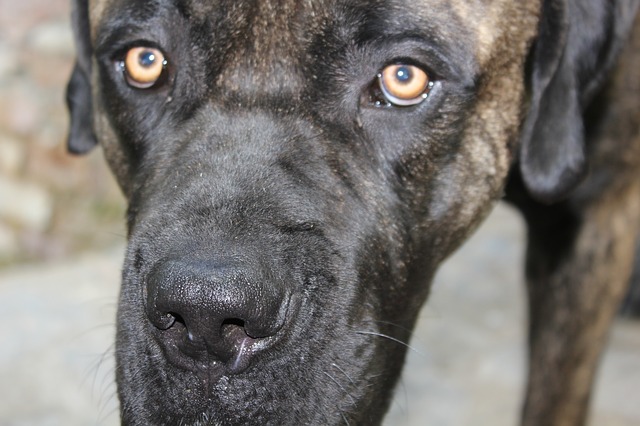Anxiety isn’t just a human experience—dogs can suffer from it too, and it can significantly impact their well-being. While some dogs only experience stress in certain situations, like thunderstorms or car rides, others may deal with chronic anxiety that affects their daily lives. Since our furry friends can’t tell us how they’re feeling, it’s up to us to recognize the warning signs and provide the support they need.
From excessive barking and destructive behavior to more subtle signs like pacing or trembling, anxiety in dogs can manifest in many ways. Understanding these symptoms is the first step in helping your pup feel safe and secure. Fortunately, there are many ways to ease your dog’s stress, whether through training, environmental changes, or calming supplements.
Let’s examine the common signs of anxiety in dogs and the best ways to help them feel more comfortable and confident.

Signs of Anxiety in Dogs
- -Aggression
- -Tucked tail
- -Peeing or pooping in the home
- -Drooling
- -Yawning
- -Panting
- -Licking their nose
- –Depression
- -Destructive behavior
- -Hiding
- -Excessive barking
- -Shaking
- -Pacing
- -Expressing anal glands
- -Repetitive behaviors
Causes of Anxiety
There are a lot of different triggers for anxiety in dogs. Some of the most common are:
- -Fear
- -Age
- -Separation

Treating Dog Anxiety
To treat your dog’s anxiety, you need to understand what’s causing it. A dog suffering from separation anxiety will need different treatment than a dog suffering from age-related cognitive decline and anxiety. You may benefit from talking to a dog trainer or your vet to discuss the best way to treat your dog’s anxiety.
Usually, treating anxiety involves behavioral training and sometimes medication. Some other things that can help with anxiety include:
Keeping a regular routine
Dogs thrive on routine. Knowing what to expect every day can help reduce a dog’s anxiety levels. That may mean setting your alarm for the same time on the weekend that you get up during the week so your dog knows exactly when they can expect to be fed and let out.
Try a Thundershirt
Compression wraps are great for dogs with situational anxiety. They can help your dog feel like they’re being hugged, which can help reduce their anxiety.
Play Calming Music
Just like a little Mozart or Beethoven can help you relax, it can have the same effect on your pooch. There are even some YouTube channels that offer calming music and videos designed specifically for dogs.
Soothe Them Like A Baby
Puppies are comforted by their mother’s warmth and rhythmic heartbeat. Give your dog a heartbeat puppy toy.

Preventing Anxiety
Preventing anxiety in your dog is easier than treating it after it develops. Here are some ways you can help prevent your dog from developing anxiety:
Reading Your Dog’s Body Language
If you can learn to recognize the signs that your dog is uncomfortable, you can remove it from the situation or use positive reinforcement to make it more comfortable and able to make a positive association.
Socialization
The more situations, people, and other dogs you can introduce your dog to when you first bring him home, the less likely it is your dog will develop anxiety about those things down the road. Socialization is especially important for puppies. A lack of socialization as a puppy can lead to a lifetime of anxiety.
Obedience Training
Not only are obedience classes a great opportunity for your dog to socialize, but training helps develop a strong bond between the two of you. Your dog learns to look to you for guidance in situations where he is unsure of himself.
Diet and Exercise
A dog that is physically healthy is more likely to be mentally healthy, also. Dogs that lack enough exercise can get bored, and that boredom can turn into anxiety. Likewise, a poor diet can cause your dog to feel unwell, which can lead to anxiety.
Avoiding Situations That Trigger Anxiety
If other dogs make your dog anxious, for example, try walking him when there are fewer dogs out and avoid areas where there tend to be more dogs, such as parks. If being alone causes your dog anxiety, look into hiring a pet sitter or taking your dog to doggy daycare while you work.

Helping Your Dog Overcome Anxiety
Watching your dog struggle with anxiety can be heartbreaking, but the good news is that there are ways to help. Whether your pup needs more structure, a calming environment, or extra support from behavioral training or supplements, taking the right steps can make a big difference in their emotional well-being.
If your dog’s anxiety seems severe or persistent, consulting your veterinarian can help identify the best approach for managing their stress. With patience, love, and the right support, you can help your furry companion feel calmer, happier, and more secure in their daily life.
 Toledo, United States.
Toledo, United States.
